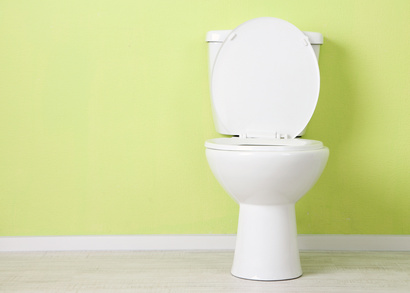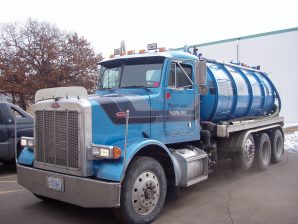 Lift stations are not something a homeowner or business owner thinks about until something goes wrong. A lift station is used to pump wastewater or sewage from a low level to a higher level when the gradient of the area does not allow for a natural flow.
Lift stations are not something a homeowner or business owner thinks about until something goes wrong. A lift station is used to pump wastewater or sewage from a low level to a higher level when the gradient of the area does not allow for a natural flow.
There are two main elements to a lift station: the wet well and the controls. The wet well is a basin into which the inflow is discharged and where the pumps sit. The control panel is the brain of the lift station.
So, how do lift stations work? Sewage is stored and fed into a pit. Once this sewage reaches a certain level, electrical instruments recognize the pit is full and activate the pump, which will then pump the sewage out to its next destination. Most lift stations are housed underground to prevent health risks in a confined area, since the sewage can release poisonous gases like methane and hydrogen sulfide. Therefore, it is essential that owners of existing lift stations consult a professional like Drain King to ensure the pump is still working sufficiently.
A professional can also ensure proper maintenance of your lift station. The pumps, electronic controls, and electrical system are all in a constant corrosive environment, so lift stations require maintenance to head off the need for costly repairs.
Proper maintenance includes wet wells being pumped out and cleaned to prevent solids and grease buildup, inspection of the pumps, greasing of the check valves, and inspections and cleaning of the floats to assure proper performance. Also included is an inspection of all electrical motor-control equipment and of the basin, clean-outs, and covers to prevent buildup.



